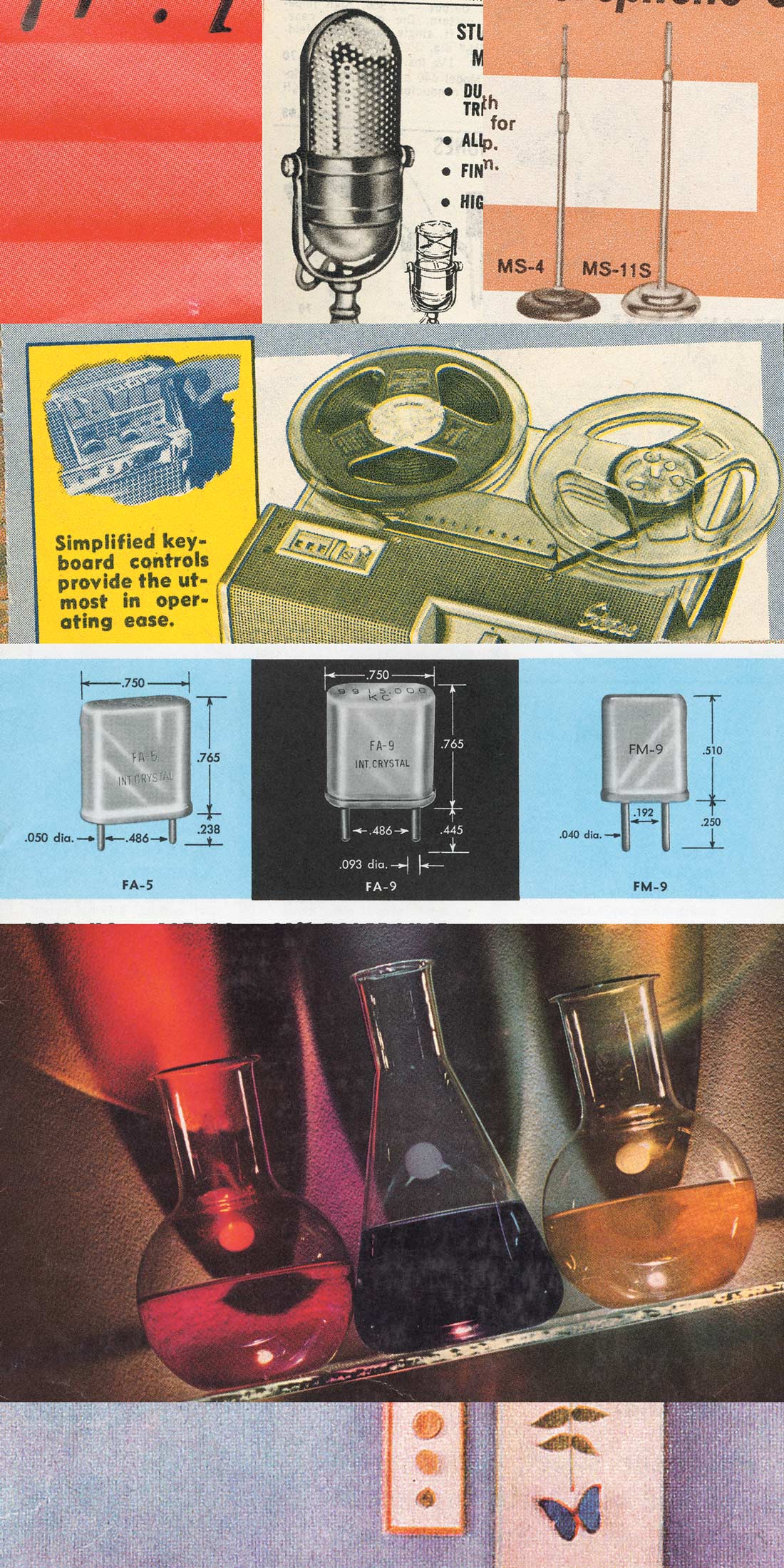Steve Albini's review of the Royer R-121 in a previous issue of Tape Op is what prompted me to try out the R- 121. A quick demo confirmed that the R-121 was a fantastic mic, so I ordered both an R-121 and a SF-12. The SF-12 is a stereo ribbon mic, with the ribbons facing 90 degrees apart, set up as a coincident pair. The ribbons are shorter, narrower, and thinner than the ribbons in the R-121s, so excessive air movement can damage them. The finer ribbon elements also make the SF-12 slightly brighter. In general, ribbon mics tend to be smoother in the midrange than condensers or regular dynamics and the SF-12 is no exception. There are no nasty presence peaks nor accents in the mids to fight... or available to use to your advantage. What you hear coming out of it sounds like what's going into it. I've used it on acoustic guitar with amazingly believable results and on vocals (behind a Stedman pop filter) when I needed backup tracks that were less focused than the lead. My favorite use is as a room mic. The double figure of 8 pattern (remember, ribbon mics are bi-directional) seems to pick up more of the room's dispersion than a cardiod condenser mic might, while offering more control than an omni can. And because there's no bump in the high end, cymbals don't seem overly present. I favor room mics that pick up more of the drums and less of the cymbals. I leave the cymbals to the overhead mics. Last spring while tracking in a studio with high ceilings but close-in walls, I discovered a mic position that maximized the room while minimizing the cymbals. I used a large boom stand and placed the SF-12 directly above the kit so it was "pointing" skyward, with its ribbons facing the walls. The result was a pair of audio tracks that brought extra life to the drums, giving the impression that the drums were recorded in a much bigger space. I paid $2000 for my SF-12. (www.royerlabs.com)
Microphones | No. 27
RBL Ribbon Microphone
by Martin Chittum
Reslo ribbon mics were really popular in the U.K. during the mid '60s. In some of the famous photos of the Beatles in their early years, you can see John and Paul singing through Reslo mics. Even...




_disp_horizontal_bw.jpg)